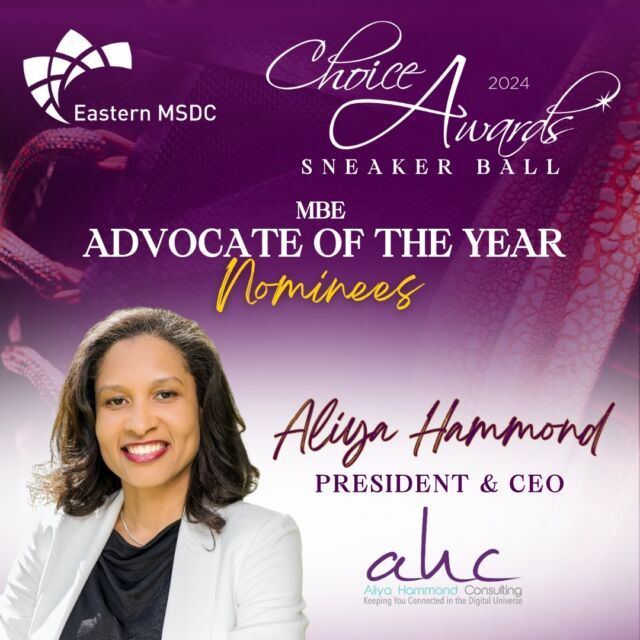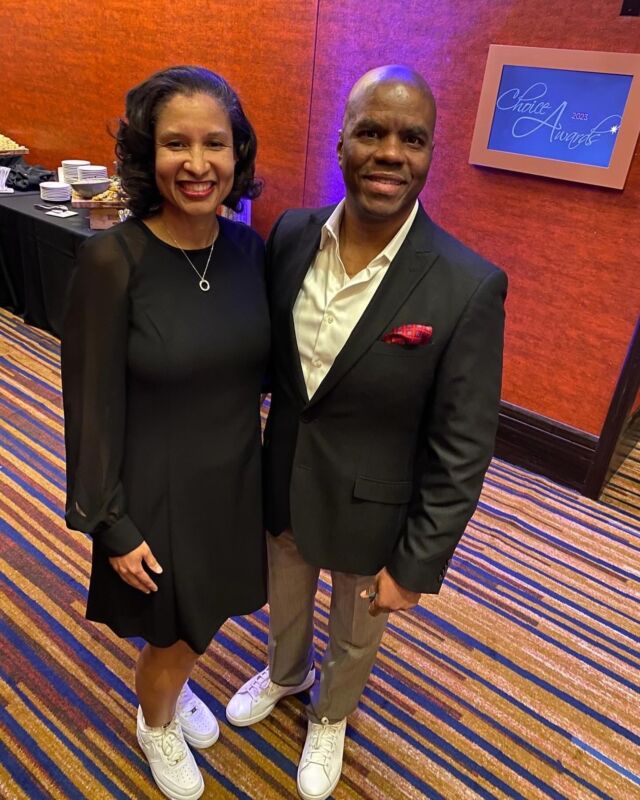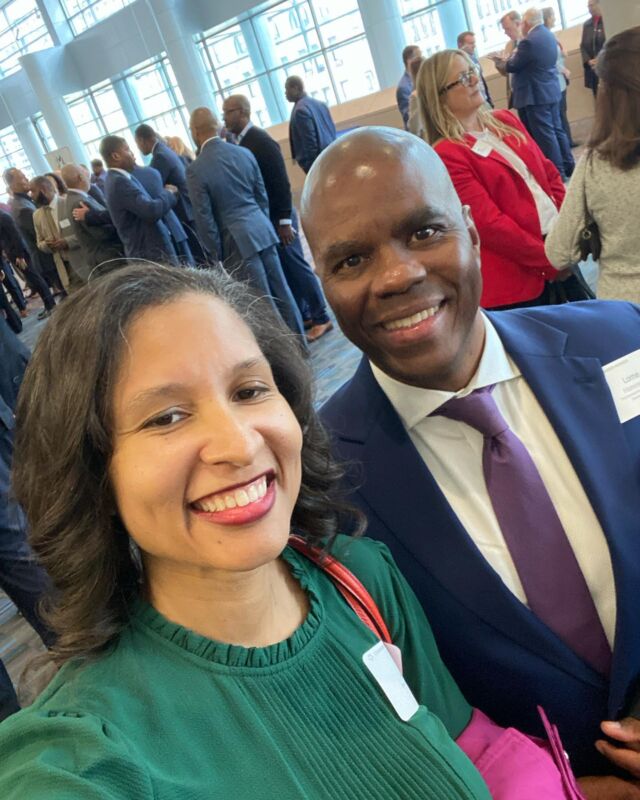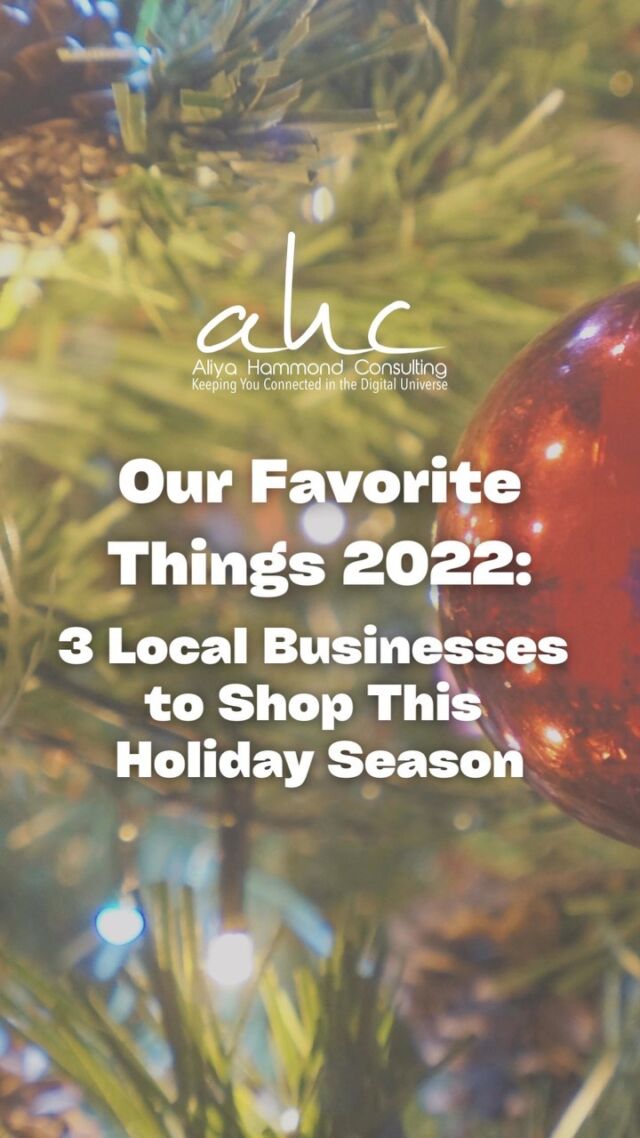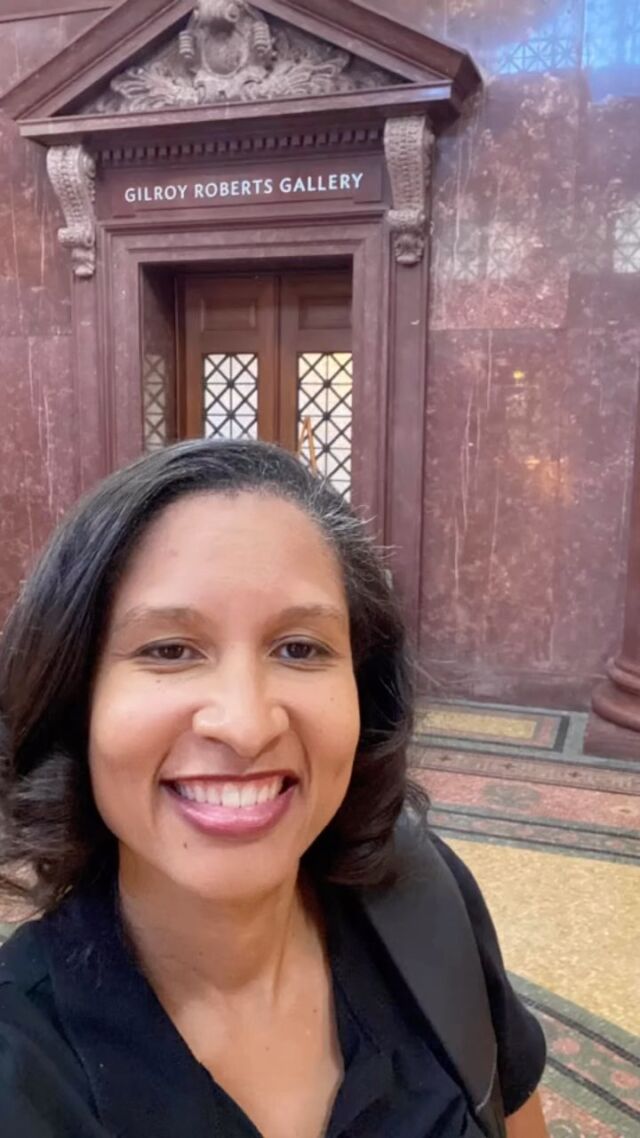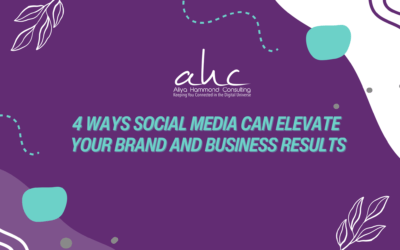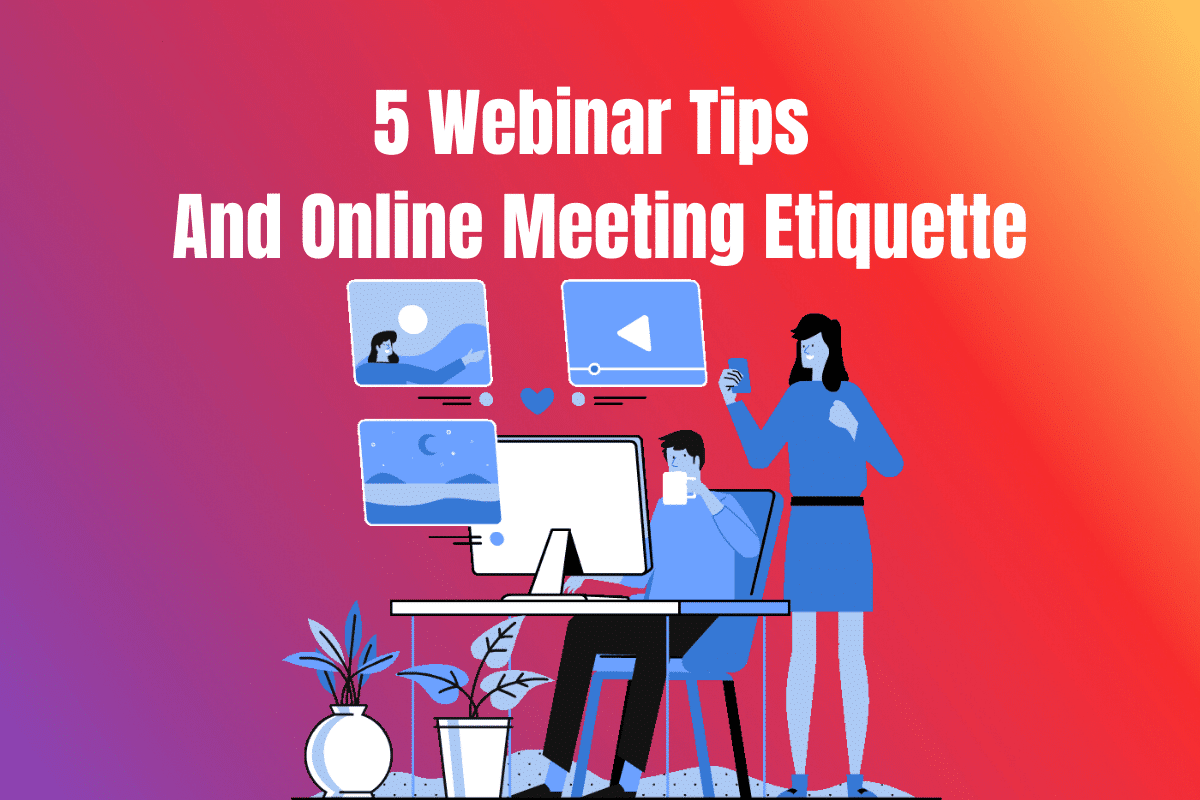With the move to online working and learning due to the coronavirus (COVID-19) pandemic, video conferencing and webinars have become more important than ever before. In fact, popular platforms like Zoom have reported record numbers of daily meetings for the month of March. Therefore, it is important to know that you’re protecting your privacy and the privacy of your meeting’s participants.
How can a video conference or webinar lack security? There are a variety of ways, including publicly posting meeting links, not adjusting the settings, and more. Additionally, some webinar/meeting platforms don’t offer end-to-end encryption, which could be a problem if you’re discussing sensitive information.
If encryption isn’t your top concern and you’re more worried about someone disrupting your meeting, then here are some steps that you can take to keep it secure.
Keep It Private
Webinar and meeting platforms use “rooms” for meetings, and each meeting has an ID that is usually generated in some type of link. The link with the meeting ID can then be shared with meeting participants.
If that link and meeting ID were to be publicly advertised (or shared with a large community), anyone could access your meeting. “Zoombombing,” or interrupting a public Zoom call with inappropriate or graphic content, has become a new trolling favorite. The New York Times recently reported on this new trolling activity, which has led to many public meetings and webinars being cut short.
To counter this, keep your meetings private or require a password for access. Share the link with those who need to attend, rather than posting it to Twitter or an open Facebook group.
Adjust Your Settings
If you need to host a public meeting or webinar, consider using a platform that provides host settings to control who can speak or share their screen.
Some platforms enable hosts to set the meetings, so that someone who wishes to speak must “raise their hand” (aka click a button). This signifies to the host that someone wants to speak. Another option is taking questions via chat, so any inappropriate chats will only be seen by the host. This limits the distractions to participants.
Screen sharing is one of the ways trolls are sharing graphic content—that same New York Times article notes how trolls shut down a public Chipotle meeting by screen sharing pornography. However, hosts can keep users from being able to screen share or provide only specific users the access to screen share.
Know Your Host/Audience
Webinar and meeting platforms have other features that can be good or bad (depending on how you use them). Some platforms enable meeting recording, but it must warn attendees when the meeting is being recorded. This allows users to opt-out, or choose not to attend the meeting.
Also, that chat box is great for asking questions or sharing links, but those logs can be saved. Even private chats will be incorporated into the log, so keep anything off the platform that you wouldn’t want to share with everyone.
Ready to get started with your webinar or online meeting? Learn about some of the most popular platforms available to pick the right one for you.
You’ve probably realized by now that Social Media is no longer an option. In fact, it is a vital and highly successful tool for building a business. Aliya Hammond Consulting is an online Digital Marketing, Training, and Consulting Company headquartered in the greater Philadelphia area. We specialize in Social Media Management and Marketing, Social Media Training, Blog Writing, and Graphic Design Services for small and large businesses, entrepreneurs, and non-profit organizations. If you are looking to improve or increase your online presence, you can rest assured you are in good hands with us. Contact Aliya Hammond Consulting today to find out how we can help your business grow!


